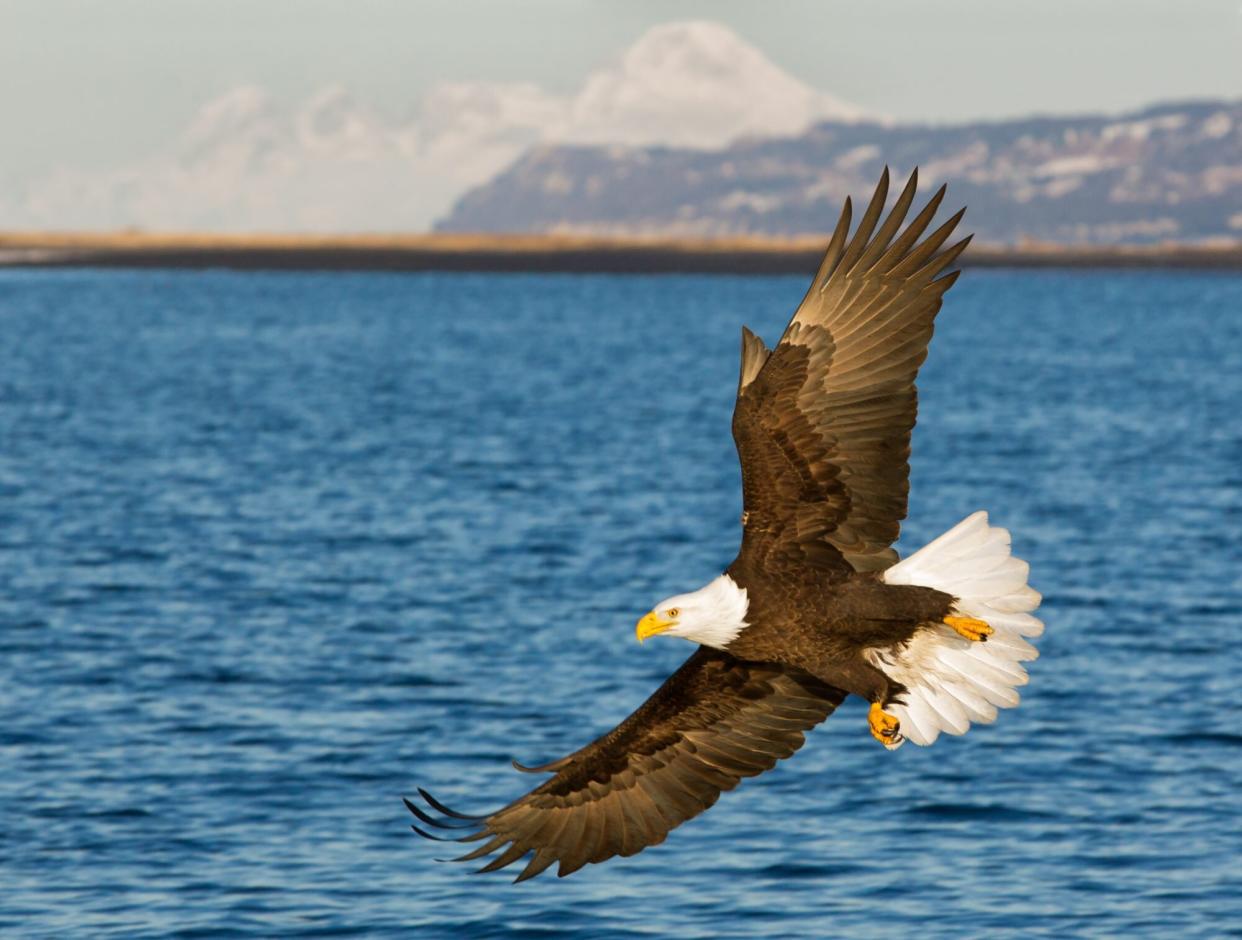Bald Eagles Are No Longer Endangered in Vermont—Here's How Three Decades of Restoration Helped Save the Species

KenCanning / Getty Images
The bald eagle is one of the more rare birds to spot across North America, as the animal has been on endangered species lists country-wide. Vermont first listed the raptor on its endangered species list back in 1987. There's good news today, though: According to Smithsonian Magazine, the state took the bald eagle off of its threatened animal records after decades of recovery work.
"The bald eagle's de-listing is a milestone for Vermont," Mark Scott, the wildlife division director at Vermont Fish & Wildlife Department, said in a statement. "This reflects more than a decade of dedicated work by Vermont Fish & Wildlife and partners. It shows that Vermonters have the capacity to restore and protect the species and habitats that we cherish."
Related: Science Says Being Surrounded by Birds Can Make You Happier
The U.S. Fish & Wildlife Service noted that an estimated 100,000 eagles originally flew across the United States when the bird became the country's national bird in 1782. However, DDT pesticides that contaminated the bald eagles' food sources, hunting, and destruction of natural habitats played a role in erasing most of the population. "When DDT was rampant in use in the mid-1900s, populations of birds at the top of the food chain declined dramatically," Margaret Fowle, a conservation biologist at Vermont Audubon, told VTDigger. "It's really important that these birds were able to tell us that story."
By 1963, there were about 487 nesting pairs of bald eagles left in the country. Even though the bird's numbers increased after the pesticide ban in the 1970s and with the Endangered Species Act as a way to protect them, Vermont had trouble regaining its population of bald eagles in the 1980s. The state conducted a reintroduction program from 2004 to 2006 for the animal, officially releasing 29 eagles in Addison, Vermont during the time period. It was the only state across the U.S. that didn't breed eagles until adult eagles raised an eaglet in September 2008. Based on the state's 2021 survey, Vermont biologists found 44 bald eagles (25 adults and 19 young birds) over the course of two weeks along observation routes.

